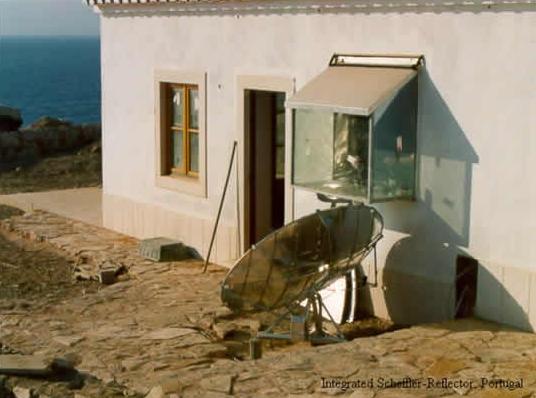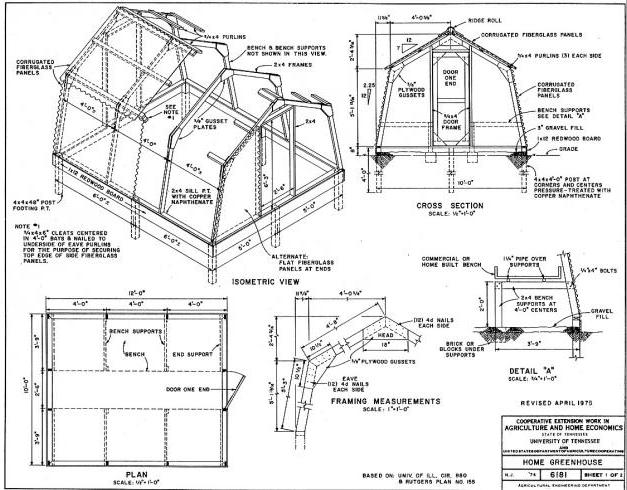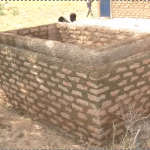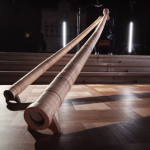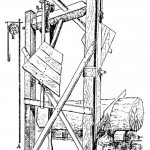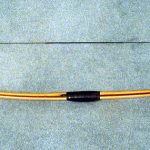“IN SITU is a documentary directed by Antoine Viviani about the experiences of artistic activity in the city of Europe. At a time when the city seems to be increasingly saturated by noise and information, the film features artistic experiences alternately invisible, monumental, participatory or secret, which provoque our daily glance, and surprise us. IN SITU confronts the visions of these artists from different backgrounds with the input of ordinary people, philosophers, urban planners, architects but also viewers of the film, so as to try to identify what these InSitu experiments tell on our period, our urbanity.”
The film can be viewed in its entirity in English, French or German. Short review here. Thanks to Eva Maori.
